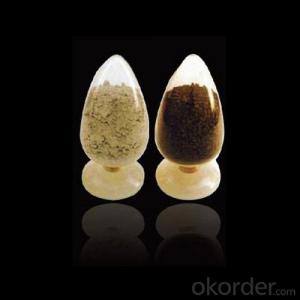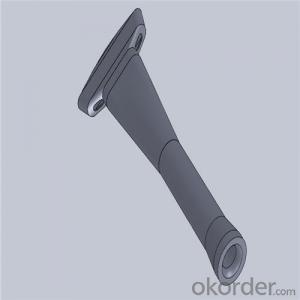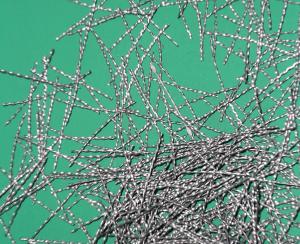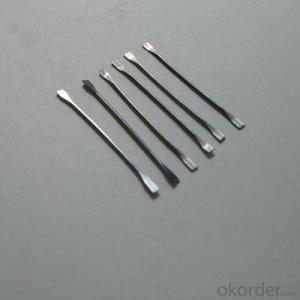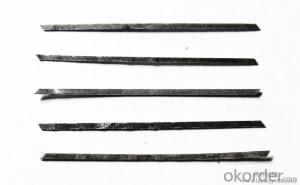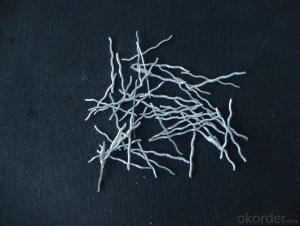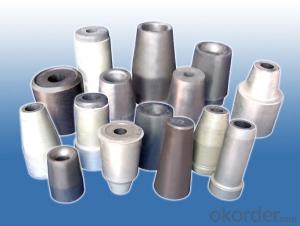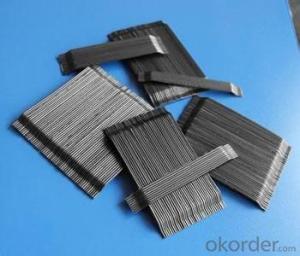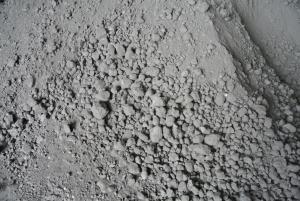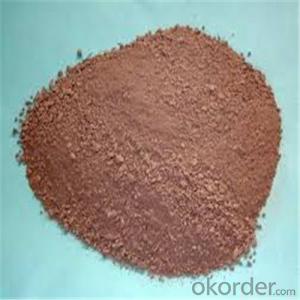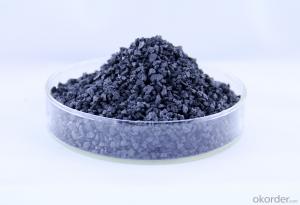All Categories
- - Steel Wire Rod
- - Steel Coils
- - Steel Profiles
- - Steel Pipes
- - Stainless Steel
- - Tinplate
- - Special Steel
- - Steel Sheets
- - Steel Rebars
- - Steel Strips
- - Hot Rolled Steel
- - Cold Rolled Steel
- - Pre-painted Steel
- - Seamless Steel Pipe
- - Welded Steel Pipe
- - Hollow Steel Tubes
- - Galvanized Pipe
- - Stainless Steel Coil
- - Stainless Steel Sheet
- - Stainless Steel Plate
- - Stainless Steel Strips
- - Electrolytic Tinplate Coil
- - Electrolytic Tinplate Sheet
- - Stainless Steel Rebars
- - Solar Panels
- - Solar Water Heater
- - Solar Related Products
- - Solar Inverter
- - Solar Cells
- - Solar Light
- - Solar Energy Systems
- - Solar Controllers
- - Solar Mounting System
- - Solar Pump
- - Solar Chargers
- - Fiberglass Chopped Strand
- - Fiberglass Mesh Cloth
- - Composite Pipes
- - FRP Pultrusion Profiles
- - Fiberglass Mat Tissue
- - Fiberglass Fabrics
- - Fiberglass Mesh
- - Composite Tank
- - Fiberglass Mesh tape
- - Polymer
- - FRP Roofing Panel
- - Fiberglass Roving
- - Monolithic Refractories
- - Ceramic Fiber Products
- - Refractory Bricks
- - Raw Materials For Refractory
- - Suspended Platform
- - Cranes
- - Concrete Machinery
- - Earthmoving Machinery
- - Building Hoist
- - Road Building Machinery
- - Plastic Pipe Fittings
- - Plastic Tubes
- - Plastic Sheets
- - Agricultural Plastic Products
- - Plastic Nets
Q & A
How do monolithic refractories perform in flue applications?
Monolithic refractories perform excellently in flue applications due to their high thermal stability and resistance to chemical attack, making them suitable for withstanding the high temperatures and corrosive gases present in flue environments. Their ability to form a seamless lining without joints or gaps enhances their performance by minimizing the risk of gas leakage and ensuring efficient heat transfer. Overall, monolithic refractories are a reliable choice for flue applications, ensuring long-lasting and effective protection against extreme conditions.
How do monolithic refractories compare to plastic refractories in terms of cost?
Monolithic refractories typically have a higher initial cost compared to plastic refractories.
How do monolithic refractories compare to other types of refractories?
Monolithic refractories have several advantages over other types of refractories. Firstly, they have a simple and easy installation process, as they can be cast or sprayed to form a seamless lining. This eliminates the need for complex brick-laying techniques, reducing labor and time. Secondly, monolithic refractories have good thermal shock resistance, making them suitable for applications with rapid temperature changes. They also have excellent resistance to corrosion and erosion, ensuring longer service life. Finally, monolithic refractories offer better energy efficiency due to reduced heat loss and improved insulation properties. Overall, these characteristics make monolithic refractories a preferred choice in many industrial applications.
What is the typical lifespan of monolithic refractories?
The typical lifespan of monolithic refractories can vary depending on factors such as the specific type of refractory, its application, and the operating conditions it is exposed to. However, in general, monolithic refractories can last anywhere from a few months to several years.
What are the different curing methods for monolithic refractories?
The different curing methods for monolithic refractories include air drying, heat curing, and wet curing. Air drying involves allowing the refractory to naturally dry in the open air, which can take several days to weeks depending on the specific material. Heat curing involves subjecting the refractory to controlled heating, typically in a kiln or furnace, to accelerate the drying process and improve the strength and durability of the refractory. Wet curing involves applying water or a wetting agent to the refractory surface to maintain moisture content and aid in the curing process, which can help enhance the final properties of the refractory material.
Wholesale Monolithic Refractories from supplier in Zimbabwe
With our comprehensive sales and technical support services, we aim to provide you with the best Monolithic Refractories products in Zimbabwe. As a subsidiary of CNBM, a Fortune Global 500 company, we can offer all-in-one procurement solutions. Our extensive product range and market expertise make us a reliable partner in the region.
Beyond our business offerings, we want to introduce you to the captivating country of Zimbabwe. Located in Southern Africa, Zimbabwe is known for its rich cultural heritage and stunning natural landscapes. The majestic Victoria Falls and iconic Great Zimbabwe ruins are just a few of the many attractions this country has to offer.
Whether you're interested in exploring the breathtaking national parks or immersing yourself in the vibrant local markets, Zimbabwe promises a memorable experience. We invite you to discover the beauty and charm of this remarkable country while we take care of your Monolithic Refractories needs.
Beyond our business offerings, we want to introduce you to the captivating country of Zimbabwe. Located in Southern Africa, Zimbabwe is known for its rich cultural heritage and stunning natural landscapes. The majestic Victoria Falls and iconic Great Zimbabwe ruins are just a few of the many attractions this country has to offer.
Whether you're interested in exploring the breathtaking national parks or immersing yourself in the vibrant local markets, Zimbabwe promises a memorable experience. We invite you to discover the beauty and charm of this remarkable country while we take care of your Monolithic Refractories needs.
Hot Search
- Monolithic Refractories in Bangladesh
- Ceramic Fiber Products in Montenegro
- Refractory Bricks in Uruguay
- Raw Materials For Refractory in Venezuela
- Monolithic Refractories in Iceland
- Monolithic Refractories in Swaziland
- Raw Materials For Refractory in Canada
- Refractory Bricks in Malta
- Ceramic Fiber Products in Tonga
- Monolithic Refractories in Nauru
